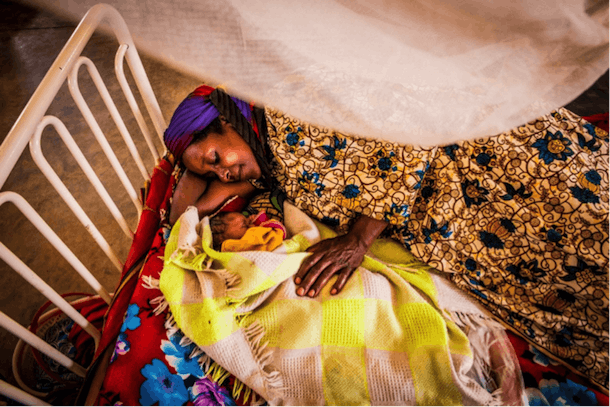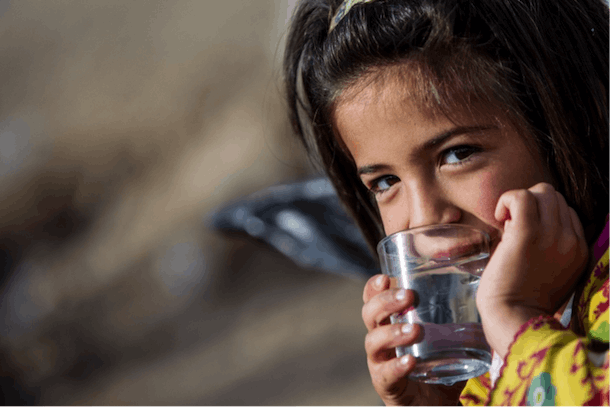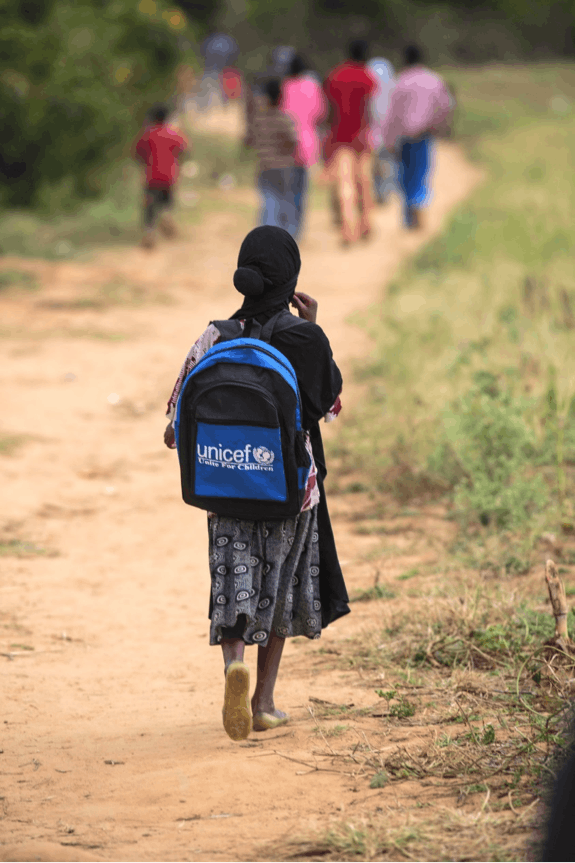On Tuesday, UNICEF released its final report on the status of the Millennium Development Goals (MDGs) that relate to children. The MDGs are eight goals launched by world leaders and the UN in 2000 to reduce poverty and improve lives by the end of 2015.
The report, entitled “Progress for Children: Beyond Averages,” highlighted the progress the global community has made in strengthening the health and well-being of millions of children. It also delivered a forceful message about the need to make much more progress to reach the poorest, most disadvantaged children who have been left behind.
Here are six key takeaways from the report.
1. Child mortality: Gains made; more needed.
According to the report, the mortality rate of children under 5 was reduced by 53% from 1990 to 2015. However, almost 6 million children under 5 will die this year from mostly preventable causes, and children from poorer households are twice as likely to die as their richer counterparts. We’ve saved millions of children’s lives under the MDGs, but it’s clear we have more work to do.
 Photo credit: © UNICEF/BRDA2013-00028/Colfs
Photo credit: © UNICEF/BRDA2013-00028/Colfs
2. More children are getting the nutrition they need.
According to UNICEF, since 1990, underweight prevalence and chronic malnutrition among children under 5 decreased by 42% and 41%, respectively. However, without an increase in the rate of progress, it’s estimated that 119 million children will be chronically malnourished in 2030. Chronic malnutrition can lead to impaired cognitive development and stunted physical growth.
3. Positive news on water; a different story on sanitation.
Since 1990, 2.6 billion people have gained access to improved sources of drinking water and 2.1 billion have gained improved sanitation facilities. Yet, our gains in expanding access to sanitation have not been enough, and nearly 1 billion still defecate in the open. Lack of access to sanitation contributes to disease, among other problems.
 Photo credit: © UNICEF/UKLA2013-00946/Schermbrucker
Photo credit: © UNICEF/UKLA2013-00946/Schermbrucker
4. More children are going to primary school.
In 1999, 106 million children of primary-school age did not attend school. By 2012, this number had fallen to 58 million children – important progress. Yet the rate of progress has stalled since 2007, and the poorest children are five times more likely to be out of school than the richest children. Conflict is also a significant barrier to making sure children get an education, with one-third of out-of-school children living in conflict-affected countries.
 Photo credit: © UNICEF/ETHA_201300460/Ose
Photo credit: © UNICEF/ETHA_201300460/Ose
5. Maternal mortality: 45% reduction since 1990, but we need to do much better.
Maternal morality today is nearly half of what it was in 1990, but still, 289,000 women die each year from complications related to pregnancy and childbirth. In 2013, the maternal mortality rate in low-income countries was 19 times higher than in high-income countries.
6. The poorest children are the most likely to be left behind.
The poorest are more likely to die before the age of 5, not attend school, and give birth without a skilled attendant.
In September, world leaders will gather at the UN to launch the next set of global goals that will build on the Millennium Development Goals and address our social, economic, and environmental development needs.
As we saw with the MDGs, by mobilizing the global community around common priorities, we can drive progress for children. As we look forward, the UNICEF report calls on world leaders to focus on helping the world’s most disadvantaged children in the new global goals.



 View All Blog Posts
View All Blog Posts